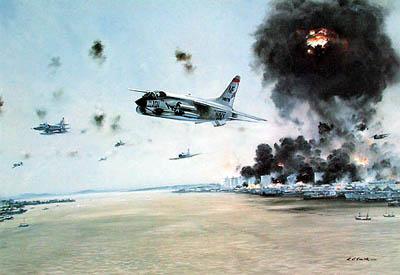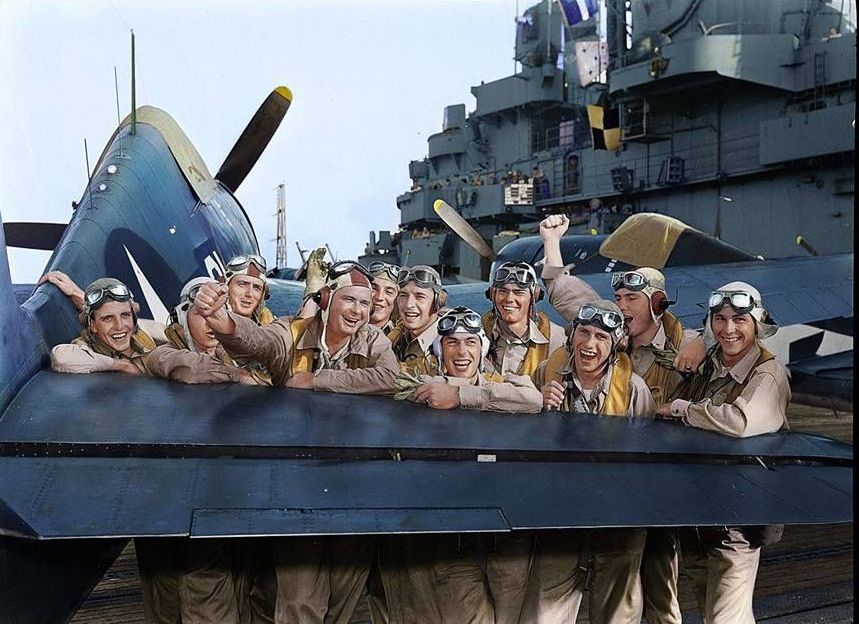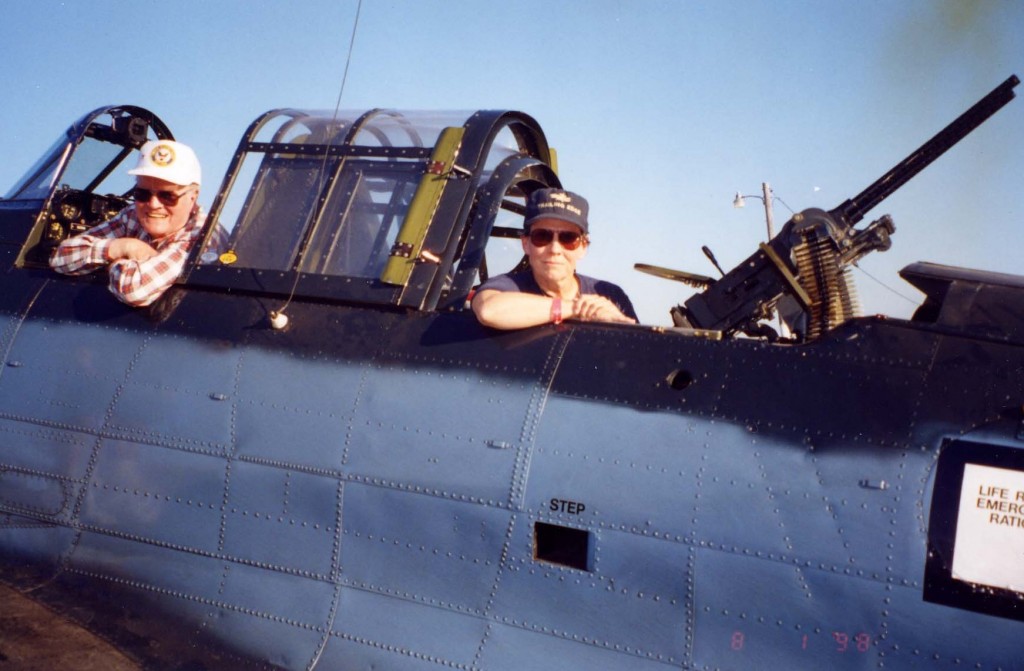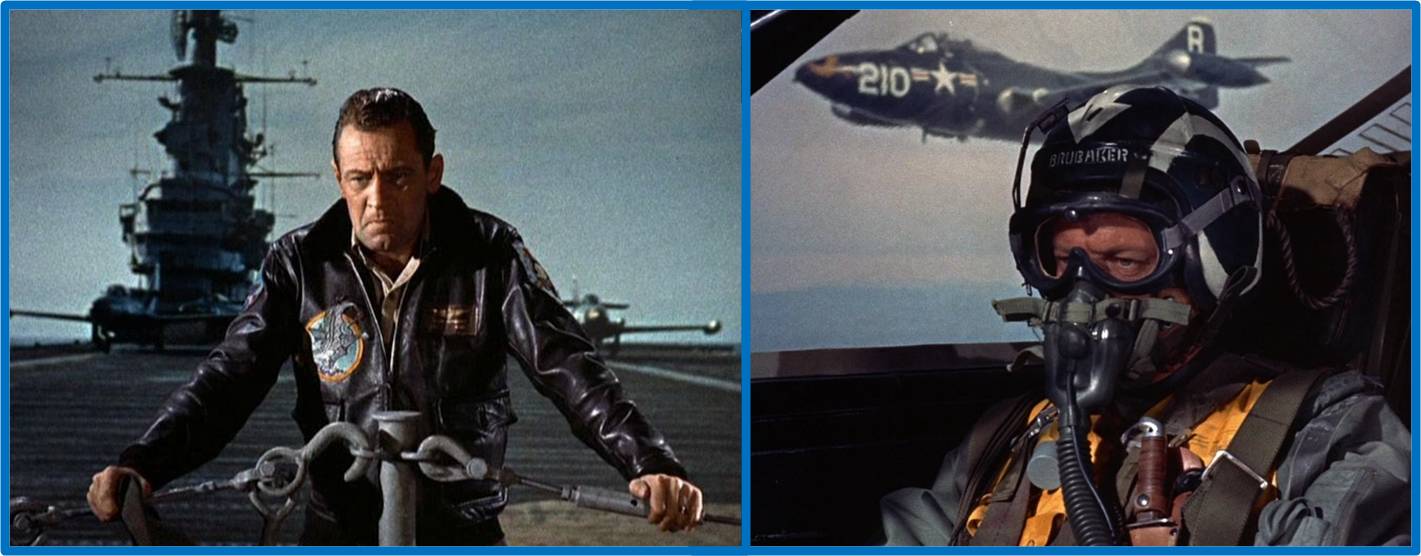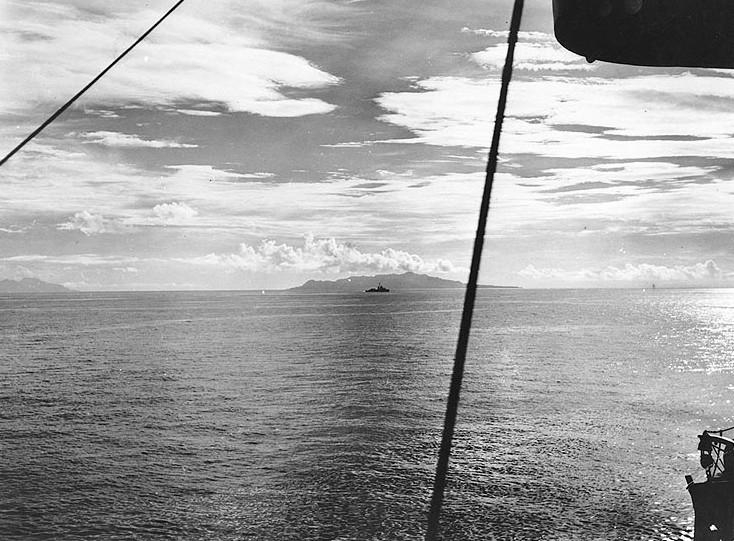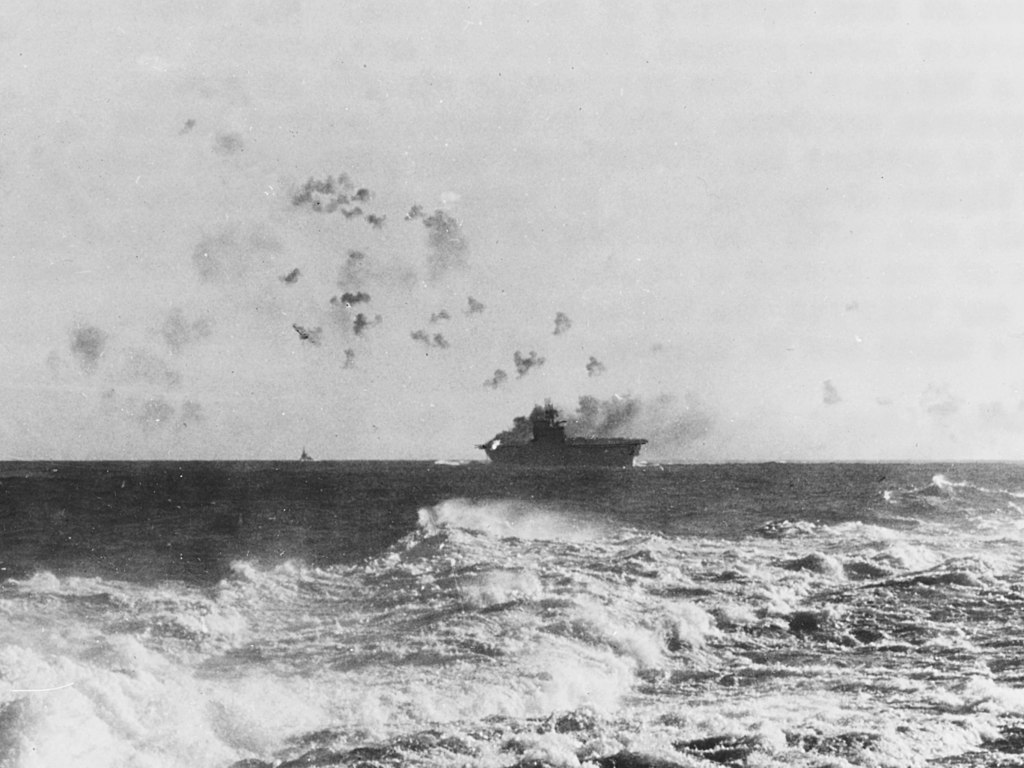Testimony of Pilot# 16
MEDAL OF HONOR citation… for conspicuous gallantry and intrepidity at the risk of his life above and beyond the call of duty while Senior Naval Officer in the Prisoner of War camps of North Vietnam on 4 September 1969. Recognized by his captors as the leader in the Prisoners’ of War resistance to interrogation and in their refusal to participate in propaganda exploitation, Rear Admiral Stockdale was singled out for interrogation and attendant torture after he was detected in a covert communications attempt…
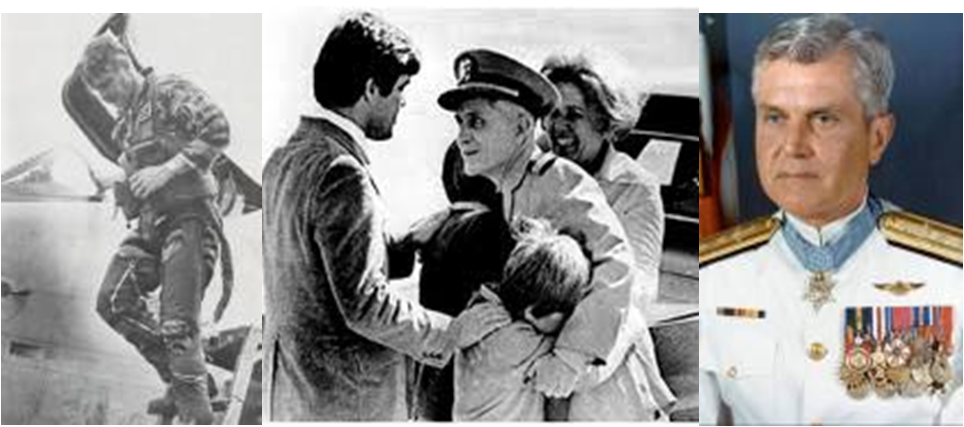
… Sensing the start of another purge, and aware that his earlier efforts at self-dis-figuration to dissuade his captors from exploiting him for propaganda purposes had resulted in cruel and agonizing punishment, Rear Admiral Stockdale resolved to make himself a symbol of resistance regardless of personal sacrifice. He deliberately inflicted a near-mortal wound to his person in order to convince his captors of his willingness to give up his life rather than capitulate. He was subsequently discovered and revived by the North Vietnamese who, convinced of his indomitable spirit, abated in their employment of excessive harassment and torture toward all of the Prisoners of War. By his heroic action, at great peril to himself, he earned the everlasting gratitude of his fellow prisoners and of his country…
Always Leading and Always Will
by Orson Swindle (USMC, Ret)
with add by Paul Galanti (USN, Ret)
Prisoners of War in North Vietnam
[Reproduced with permission of USNI and the author]
The country, the Navy, the Stockdale family, especially his beloved wife, Sybil, and those of us who were POWs in North Vietnam suffered a terrible loss with the passing on 5 July (2005) of Vice Admiral James B. Stockdale. Husband, father, patriot, mentor, author, and dear friend, he touched our lives profoundly. Distinguished graduate of the Naval Academy, Medal of Honor recipient, courageous warrior, brilliant leader, almost bigger than life, he never stopped inspiring us. It is difficult to accept that he is gone. We recognize how fortunate we are that he came our way. Continue reading →

